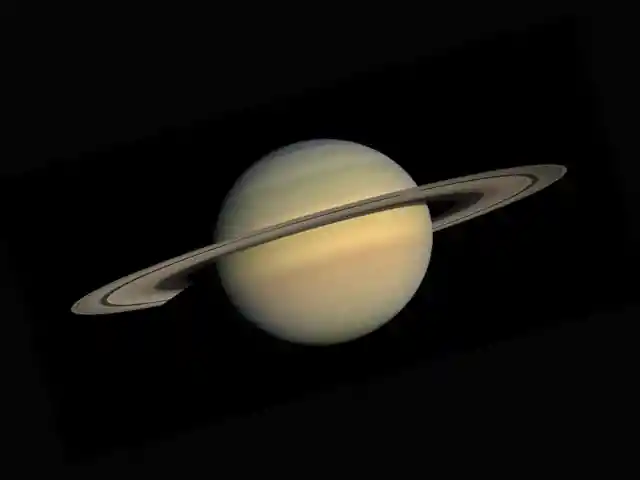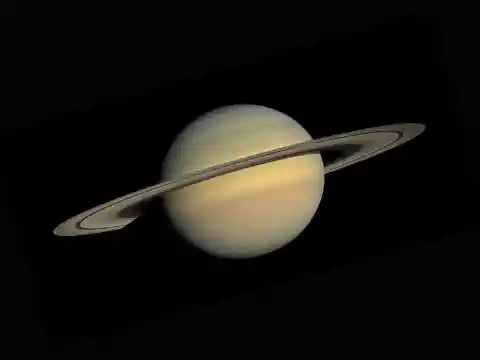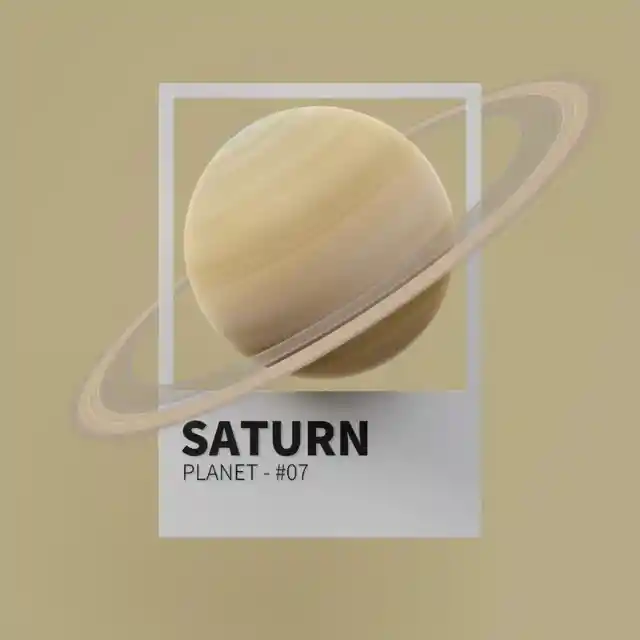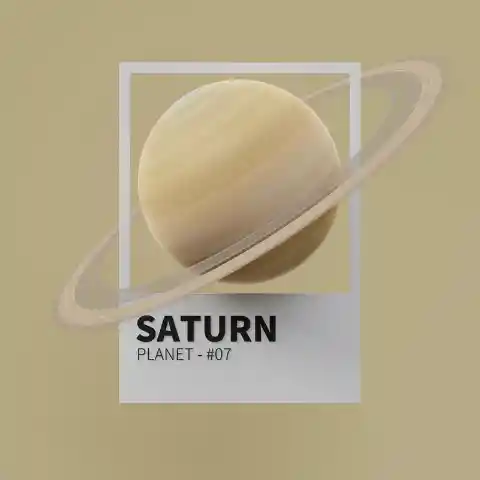When we view our galaxy, one planet that sticks out more than arguably any other is Saturn. A truly stunning-looking planet, the massive rings that surround the planet look almost fake. Mankind has been keen to see what Saturn looks like up close for centuries, but we have yet to go any further than exploring from afar. What, though, draws us to Saturn? What makes it such a unique planet?


The density is unique
When you think about planets, you imagine them to be incredibly dense and powerful. However, Saturn is a gas giant – therefore, it has more density than water itself. If you were able to submerge Saturn into a huge ocean, it would simply float and bob around in the water. The fact it is a gas giant means that it is going to be much less dense than just about any other planet that is near Earth.
The rings of Saturn have confused us for centuries
Galileo first discovered Saturn back in 1610; he spotted the rings but was entirely unsure what they were. They appeared to vanish and then were seen again in 1616, but there was still no greater clarity about what these ‘handles’ actually were. Indeed, it was not until 1656 when Christiaan Huygens was able to solve that these were planetary rings.


The rings of Saturn are extremely flat
They look flat when you view them in an image, but the actual rings of Saturn are indeed extremely flat. Despite being over 180,000 miles in width, they are less than a single mile in thickness. Once every 15 years or so, the angle changes on the rings so that we are more or less unable to see them from planet Earth. This explains why they ‘vanished’ for Galileo during a particular period of inspection.
The rings are not solid
Most of us assume that the rings are solid; that you could walk upon them, and they would be like walking on glass. However, this is not the case. James Maxwell theorized that the rings themselves were the collection of many small objects working together in tandem – from a large distance, like from Earth, they would appear as one. In 1675, Jacques Cassini was able to determine that there was not only one ring, but numerous rings – in total, there are seven concentric rings that surround the planet.